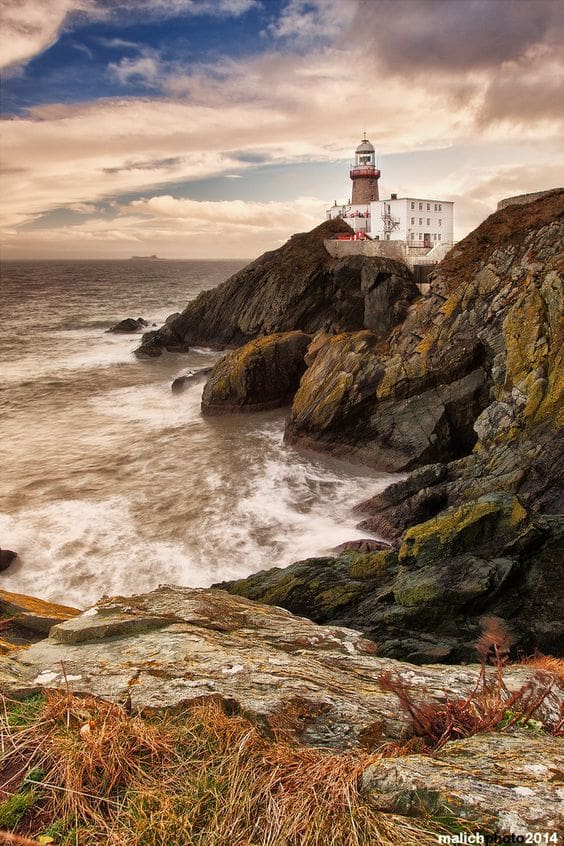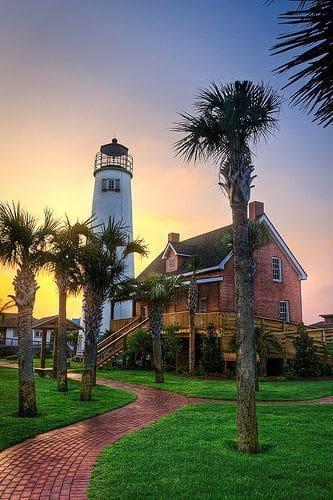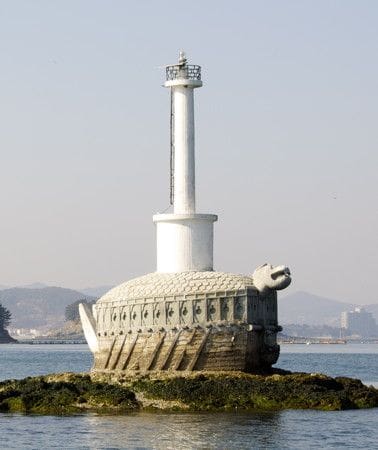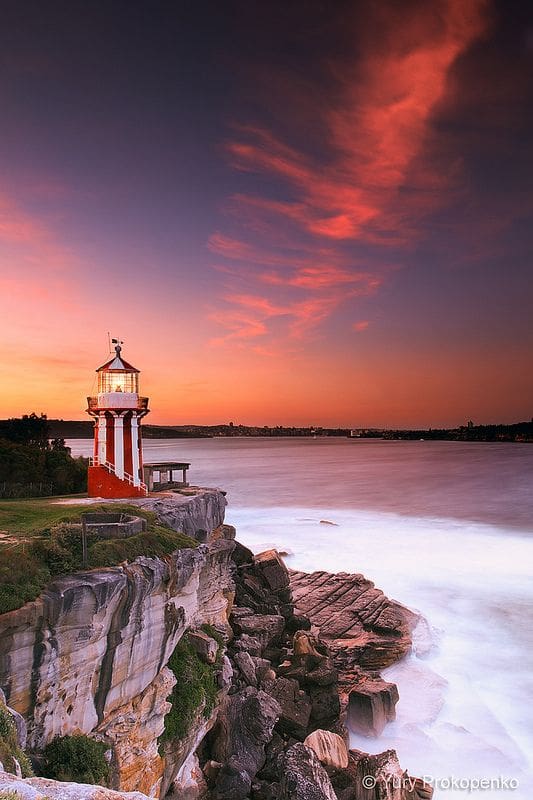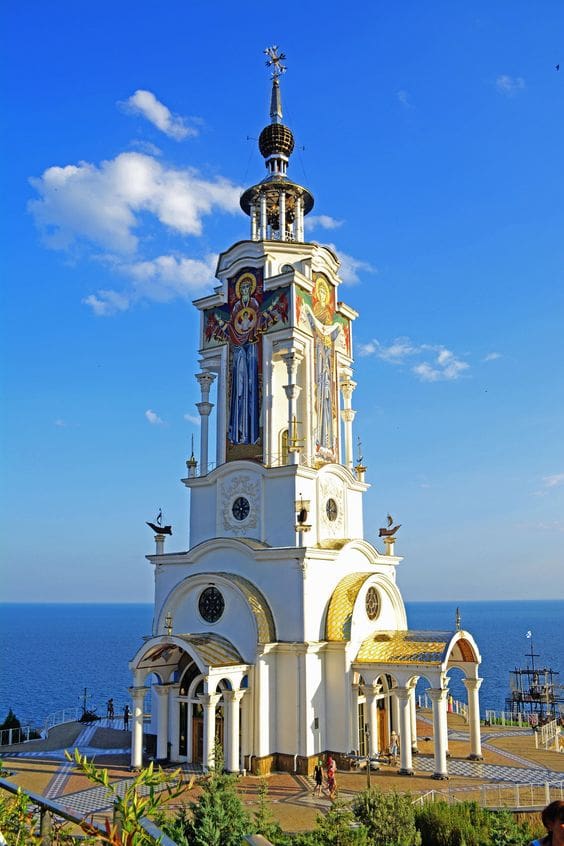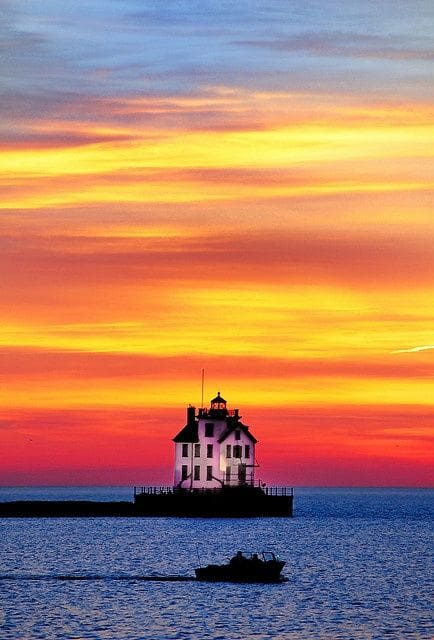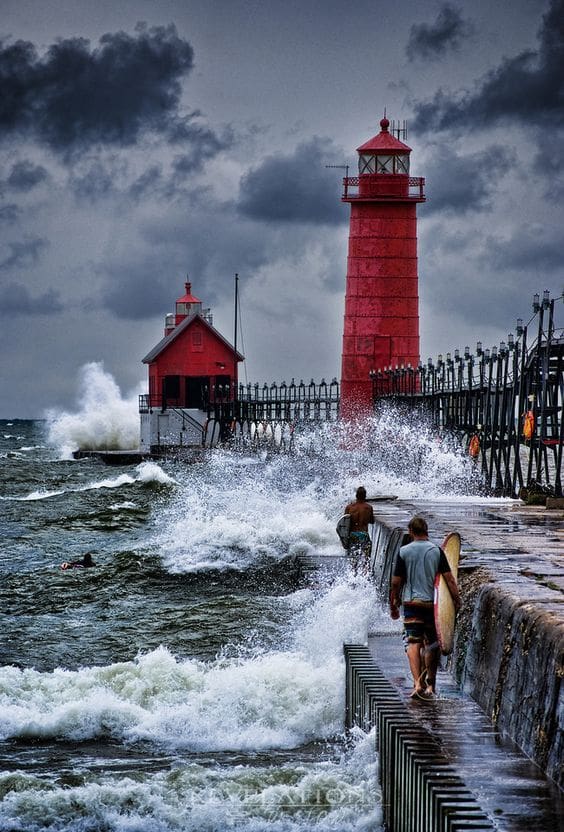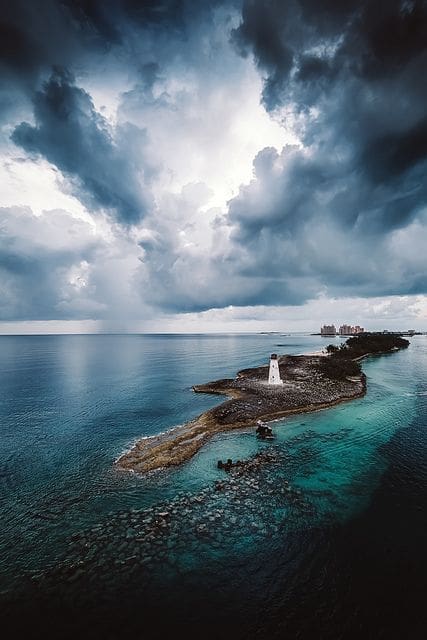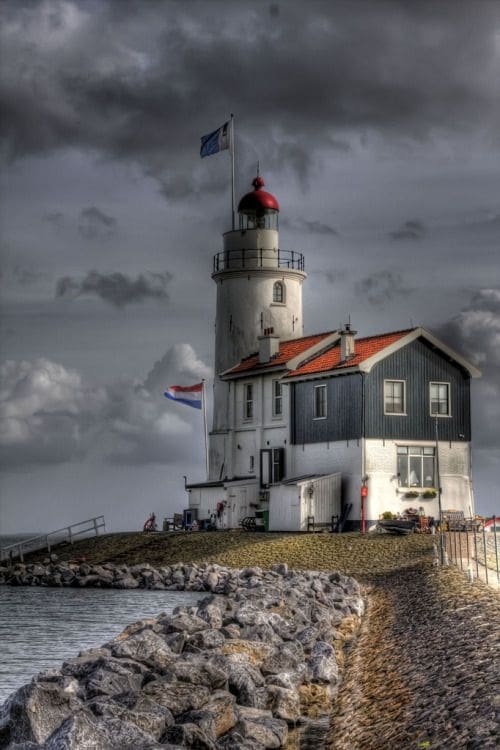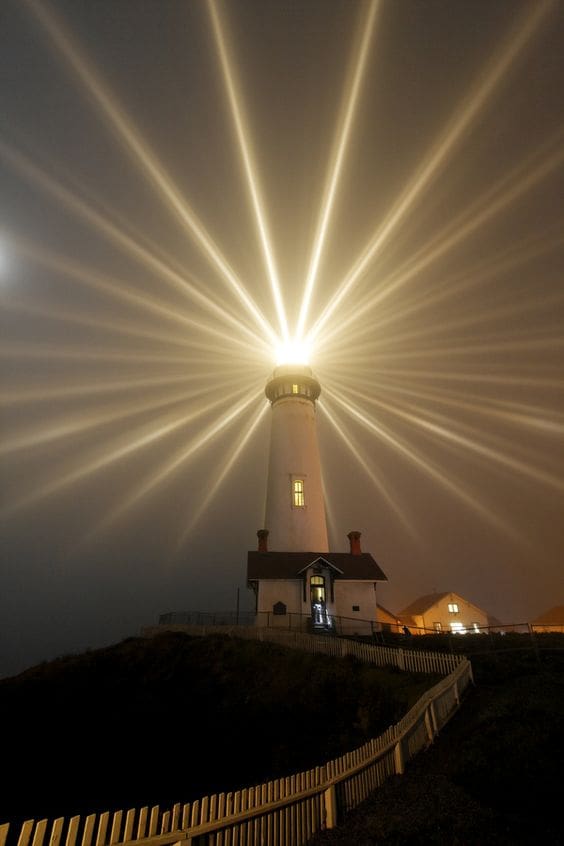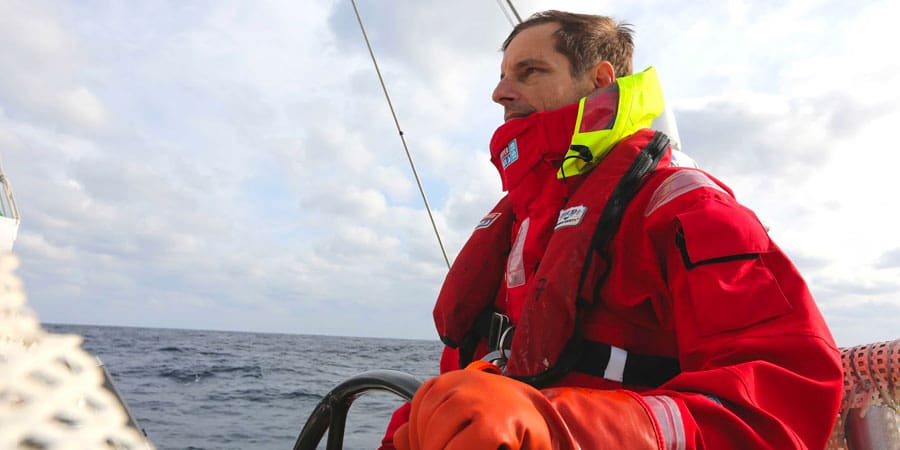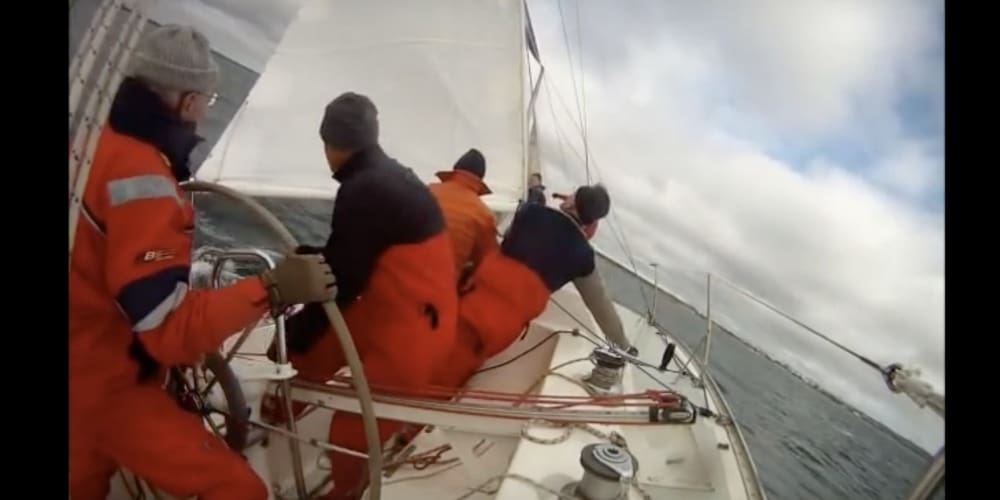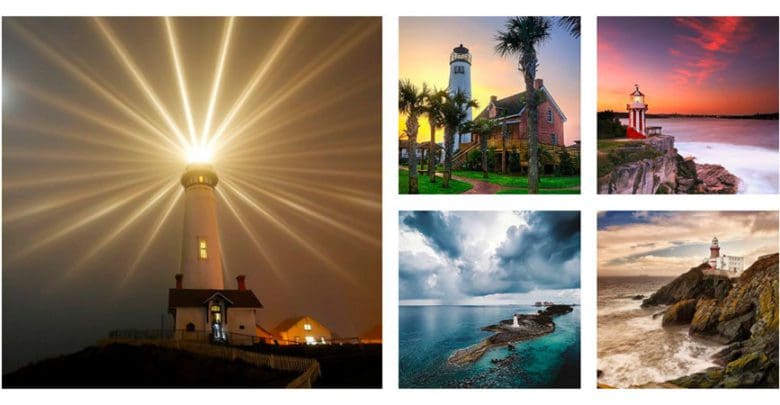
All pictures are from Pinterest.
The history of lighthouses refers to the development of the use of towers, buildings, or other types of structure, as an aid to navigation for maritime pilots at sea or on inland waterways.
The modern era of lighthouses began at the turn of the 18th century, as lighthouse construction boomed in lockstep with burgeoning levels of transatlantic commerce. Advances in structural engineering and new and efficient lighting equipment allowed for the creation of larger and more powerful lighthouses, including ones exposed to the sea. The function of lighthouses shifted toward the provision of a visible warning against shipping hazards, such as rocks or reefs.
The Eddystone Rocks, an extensive reef near Plymouth Sound, England and one of the major shipwreck hazards for mariners sailing through the English Channel, was the site of many technical and conceptual advances in lighthouses construction. The difficulty of gaining a foothold on the dangerous rocks, particularly in the predominant swell, meant that it was a long time before anyone attempted to place any warning on them.
The first attempt was an octagonal wooden structure, anchored by 12 iron stanchions secured in the rock, and was built by Henry Winstanley from 1696 to 1698. The tower ultimately proved short-lived and the Great Storm of 1703 erased almost all trace of it. Following the destruction of the first lighthouse, a Captain Lovett acquired the lease of the rock, and by Act of Parliament was allowed to charge passing ships a toll of one penny per ton. He commissioned John Rudyard (or Rudyerd) to design the new lighthouse, built as a conical wooden structure around a core of brick and concrete. A temporary light was first shone from it in 1708 and the work was completed in 1709. This proved more durable, surviving until 1755 when it burnt to the ground.
The civil engineer, John Smeaton, rebuilt the lighthouse from 1756–59; his tower marked a major step forward in the design of lighthouses and remained in use until 1877. He modelled the shape of his lighthouse on that of an oak tree, using granite blocks. He pioneered the use of “hydraulic lime,” a form of concrete that will set under water, and developed a technique of securing the granite blocks together using dovetail joints and marble dowels. The dovetailing feature served to improve the structural stability, although Smeaton also had to taper the thickness of the tower towards the top, for which he curved the tower inwards on a gentle gradient. This profile had the added advantage of allowing some of the energy of the waves to dissipate on impact with the walls.
Construction started at a site in Millbay where Smeaton built a jetty and workyard in the south west corner of the harbour for unloading and working the stone. Timber rails of 3 ft. 6 in. gauge were laid for the four-wheeled flat trucks on which the masonry was moved around the site. A ten-ton ship, named the Eddystone Boat, was based here and took the worked stones out to the reef. The lighthouse was 72 feet (22 m) high and had a diameter at the base of 26 feet (7.9 m) and at the top of 17 feet (5.2 m).

